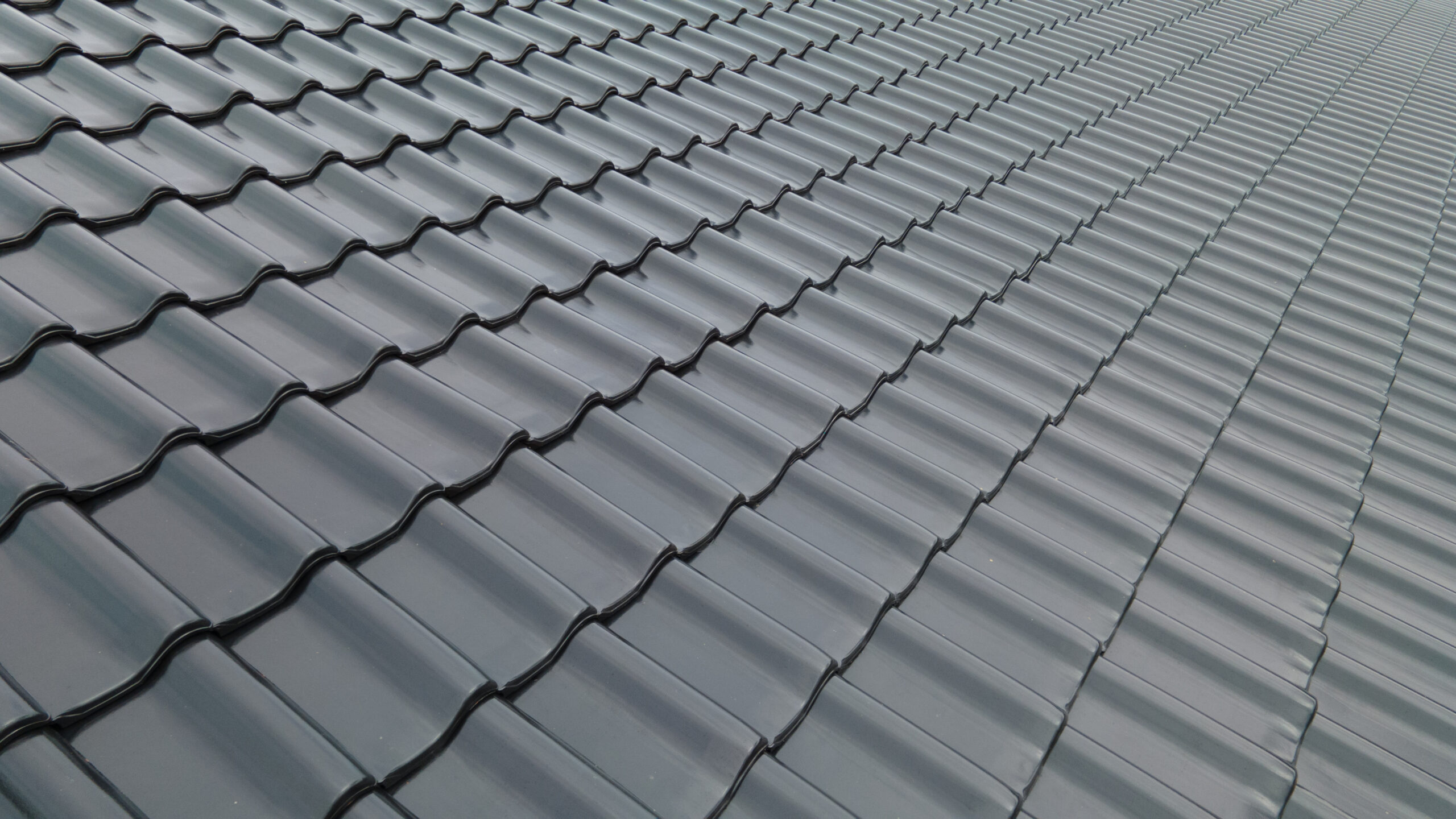When considering a new roof for your home, tile roofing stands out as one of the most durable and aesthetically pleasing options available. Both clay and concrete roof tiles offer exceptional longevity and curb appeal, but they differ significantly in terms of cost, weight, appearance, and maintenance requirements. This article compares these two popular tile roofing materials to help you determine which might be better suited for your home, particularly if you’re looking to achieve that classic Mediterranean or Spanish architectural style that tile roofs complement so beautifully.
The History and Heritage of Tile Roofing
Tile roofing has a rich history dating back thousands of years. Clay tiles originated in ancient China around 10,000 BC before spreading throughout Asia and eventually to Europe. Their distinctive appearance became synonymous with Mediterranean style roofing, creating that iconic look associated with Spanish, Italian, and Greek architecture. Concrete tiles, on the other hand, are a more recent innovation, developed in the early 20th century as a more affordable alternative to clay. Despite their different origins, both materials have established themselves as durable roofing materials capable of withstanding centuries of exposure to the elements.
Durability and Longevity Comparison
When comparing the longevity of clay vs concrete roof tiles, clay generally takes the lead. Clay tiles can last 100 years or more when properly maintained, with some historic buildings showcasing clay tiles that have remained intact for centuries. This exceptional durability results from the firing process, which creates a virtually indestructible material that doesn’t deteriorate from sun exposure. Concrete tiles offer impressive durability as well, typically lasting 50-75 years, but they tend to fade more quickly than clay and may develop more visible wear over time. Both materials resist fire, insects, and rot, making them superior choices compared to many alternative roofing materials. However, in areas with frequent freeze-thaw cycles, concrete may be more susceptible to cracking over time than high-quality clay tiles.
Weight Considerations and Structural Requirements
One of the most important factors to consider when evaluating tile roofing pros and cons is the significant weight of these materials. Both clay and concrete tiles are substantially heavier than asphalt shingles or metal roofing. Concrete tiles typically weigh between 900-1200 pounds per square (100 square feet), while clay tiles generally weigh 600-900 pounds per square. This substantial weight means that either option may require additional structural support in your home, particularly if you’re replacing a lighter roofing material. A thorough structural assessment by qualified professionals from AskHomey can help determine whether your home can support tile roofing or if reinforcement will be necessary, adding to the overall cost of tile roof installation.
Cost Differences Between Clay and Concrete
The cost of tile roof installation varies significantly between clay and concrete options. Concrete tiles are generally the more budget-friendly choice, typically costing $400-$900 per square installed. Clay tiles, with their superior longevity and authentic appearance, command a premium price of $800-$1,800 per square installed. This substantial price difference makes concrete an attractive option for homeowners who desire the tile look but need to manage costs carefully. However, when considering the lifetime value, clay’s longer lifespan and color retention may offset the higher initial investment. Additional factors affecting installation costs include the complexity of your roof design, structural modifications needed, and regional labor rates.
Aesthetic Differences and Architectural Compatibility
The aesthetic appeal of tile roofing is one of its strongest selling points, particularly for homes with Mediterranean or Spanish architectural influences. Clay tiles offer rich, earthy colors that develop a distinctive patina over time. Their color runs throughout the material, meaning they won’t fade significantly even after decades of sun exposure. Concrete tiles provide more color options initially, including the ability to mimic the appearance of clay, slate, or wood shake. However, concrete’s colors tend to fade and weather more noticeably over time. For authentic Mediterranean style roofing, natural clay tiles provide the most genuine appearance, though high-quality concrete tiles can offer a reasonable facsimile at a lower price point.
Maintenance Requirements and Long-term Care
Both clay and concrete tile roofing systems require similar maintenance approaches, though they differ in some important aspects. All tile roofs should be inspected regularly for cracked or broken tiles, which should be replaced promptly to prevent water intrusion. Concrete tiles are somewhat more porous than clay, making them more susceptible to mold and mildew growth in humid environments, which may necessitate more frequent cleaning. Clay tiles typically require less maintenance overall, but their brittleness makes them more prone to cracking if walked on improperly during maintenance. For either material, valleys and flashings should be kept clear of debris, and periodic inspections by roofing professionals can help identify issues before they lead to more significant problems.
Environmental Impact and Sustainability
For environmentally conscious homeowners, the sustainability of roofing materials is an important consideration. Both clay and concrete tiles offer excellent environmental credentials compared to petroleum-based products like asphalt shingles. Clay tiles are made from natural, abundant materials and can be recycled at the end of their long life. Concrete tiles incorporate sand, cement, and water—all readily available resources—though the cement production process does generate carbon emissions. Both materials provide excellent thermal mass, helping to regulate indoor temperatures and potentially reduce energy consumption for heating and cooling, making them sustainable choices for long-term homeownership.
For more tips and to connect with reliable home service professionals, follow AskHomey on Facebook and Instagram.



